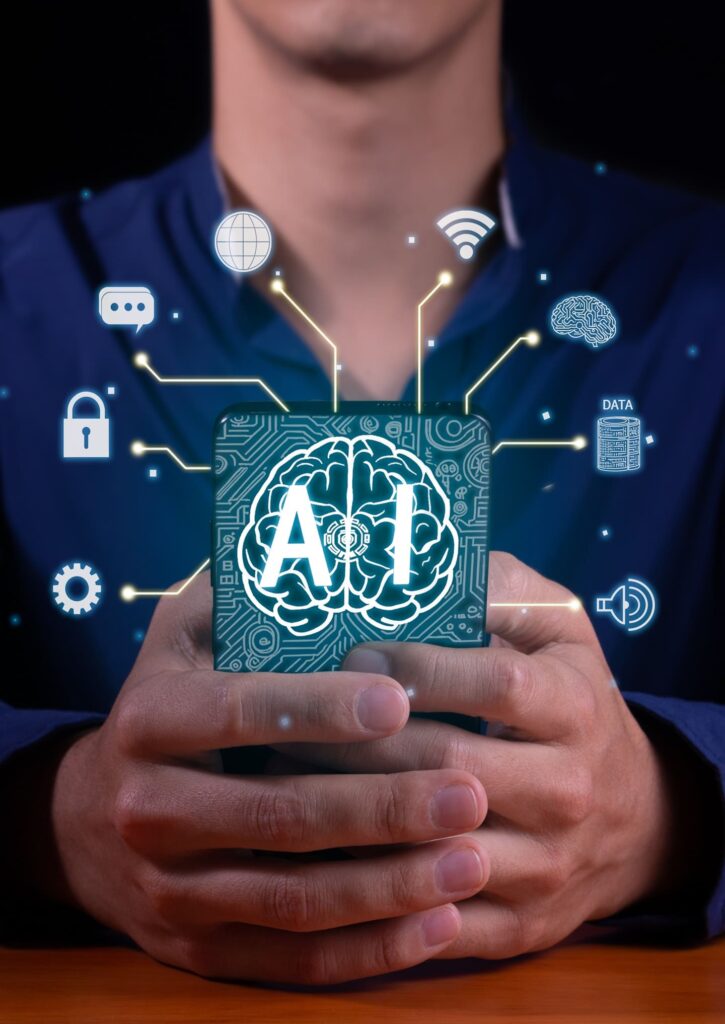Generative AI is not just a technological marvel; it is revolutionizing how we interact with and utilize artificial intelligence. By leveraging advanced algorithms to create novel content and solutions, generative AI is paving the way for new innovations across various industries. This article delves into the current state of generative AI development, explores its diverse applications, and looks ahead at the future trends shaping this exciting field.
What is Generative AI?
Generative AI refers to a subset of artificial intelligence that focuses on generating new data or content based on patterns learned from existing data. Unlike traditional AI, which typically analyzes and processes information, generative AI creates original outputs, ranging from text and images to audio and video. The primary technologies underpinning generative AI include:
- Generative Adversarial Networks (GANs): Introduced by Ian Goodfellow in 2014, GANs consist of two neural networks—a generator and a discriminator—that work in tandem to create increasingly realistic synthetic data. GANs are widely used in generating high-quality images, videos, and even deepfakes.
- Variational Autoencoders (VAEs): VAEs are designed to encode input data into a compressed latent space and then decode it to produce new data samples. They are valuable for generating variations of data, such as altering images or creating synthetic datasets.
- Transformers: Transformer models like GPT-4 use attention mechanisms to generate coherent and contextually relevant text. These models are crucial for applications involving natural language processing, such as automated content creation and conversational agents.
Applications of Generative AI
- Creative Arts and Entertainment: Generative AI is transforming creative fields by producing unique and original artworks, music compositions, and design elements. Artists and designers use AI to explore new creative horizons, generate novel concepts, and enhance their work. For instance, AI can create album covers, compose original pieces of music, or generate intricate visual designs.
- Marketing and Advertising: In the marketing sector, generative AI automates content creation, including crafting personalized marketing messages, social media posts, and advertisements. This capability streamlines content production processes, allowing marketers to scale their efforts and target audiences more effectively. AI-driven tools can analyze user data to generate personalized campaigns that resonate with specific demographics.
- Healthcare and Medicine: Generative AI is making significant strides in healthcare by simulating drug molecules, creating synthetic medical data for research, and aiding in diagnostic processes. For example, AI can generate new drug compounds, predict patient outcomes based on simulated data, and assist in developing personalized treatment plans. These advancements accelerate research and improve patient care.
- Gaming and Virtual Worlds: The gaming industry benefits from generative AI through the creation of dynamic game environments, realistic characters, and engaging storylines. AI-generated content enriches player experiences by producing diverse and interactive game elements. It also facilitates the development of immersive virtual worlds and adaptive gameplay.
- Data Augmentation and Enhancement: Generative AI is instrumental in improving machine learning models by generating synthetic data that augments existing datasets. This approach addresses challenges related to data scarcity or imbalance, enabling more robust and accurate model training. AI-generated data can simulate various scenarios, enhancing the performance of predictive models and algorithms.
Benefits of Generative AI Development
- Enhanced Creativity and Innovation: Generative AI opens new avenues for creativity by producing original content and designs that extend beyond traditional methods. Artists, designers, and creators leverage AI to explore innovative ideas and push creative boundaries.
- Operational Efficiency: Automating content creation and data generation with generative AI reduces the time and resources required for these tasks. Businesses can streamline their workflows, accelerate production processes, and focus on strategic activities, leading to increased efficiency and cost savings.
- Personalization and Customization: Generative AI enables the creation of personalized content tailored to individual preferences and needs. This capability enhances user experiences and engagement by delivering relevant and customized interactions, whether in marketing campaigns, product recommendations, or content delivery.
- Scalability: Generative AI systems can generate large volumes of content quickly and efficiently, making it easier for businesses to scale their operations and meet growing demands. This scalability is particularly valuable in industries such as marketing, gaming, and data analysis.
- Innovative Problem-Solving: Generative AI provides businesses with novel solutions and approaches to complex challenges. By simulating different scenarios and generating new data, AI facilitates innovative problem-solving and supports decision-making processes.
Future Trends in Generative AI
- Advancements in Model Architectures: Future developments in generative AI will focus on improving model architectures to enhance performance, efficiency, and versatility. Innovations in neural network design and training techniques will drive more sophisticated and capable generative models.
- Integration with Other Technologies: Generative AI will increasingly integrate with other emerging technologies, such as augmented reality (AR), virtual reality (VR), and blockchain. These integrations will enable new applications and enhance the capabilities of generative AI in various domains.
- Ethical Considerations and Regulation: As generative AI becomes more prevalent, ethical considerations and regulatory frameworks will play a crucial role in shaping its development and deployment. Addressing concerns related to data privacy, deepfakes, and content authenticity will be essential for responsible AI use.
- Human-AI Collaboration: The future of generative AI will involve closer collaboration between humans and AI systems. AI tools will augment human creativity and decision-making, leading to synergistic partnerships that drive innovation and productivity.
- Increased Accessibility: Generative AI technologies will become more accessible to a broader audience, including small businesses and individual creators. Advances in user-friendly tools and platforms will democratize access to generative AI, enabling more people to leverage its capabilities.
Conclusion
Generative AI is a transformative technology with the potential to revolutionize various industries by enabling the creation of original content, designs, and solutions. As the technology continues to evolve, its applications and impact will expand, driving innovation and enhancing creativity across diverse fields. Embracing generative AI development presents opportunities for businesses and creators to unlock new possibilities, streamline processes, and solve complex challenges.
To stay ahead in this rapidly evolving landscape, businesses should explore how generative AI can be integrated into their operations and leverage its capabilities to drive growth and innovation. Partner with experts in generative AI development to harness the full potential of this cutting-edge technology and shape the future of your industry.
Stay tuned for more news and updates on Infinite Insight Hub!



